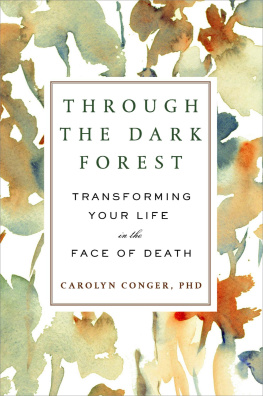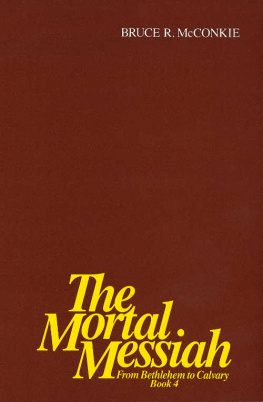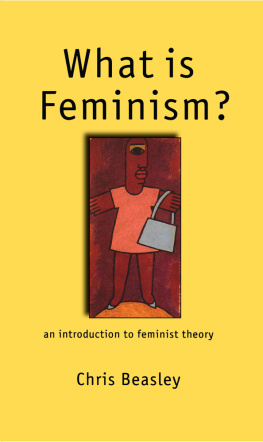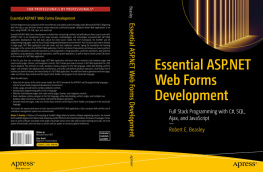2008 by Conger Beasley Jr.. All Rights Reserved.
No part of this book may be reproduced in any form or by any electronic or mechanical means including information storage and retrieval systems without permission in writing from the publisher, except by a reviewer who may quote brief passages in a review.
Sunstone books may be purchased for educational, business, or sales promotional use. For information please write: Special Markets Department, Sunstone Press, P.O. Box 2321, Santa Fe, New Mexico 87504-2321.
Book and cover design Vicki Ahl
body typeface Franklin Gothic Book
Printed on acid free paper
Library of Congress Cataloging-in-Publication Data
Beasley, Conger.
Messiah : the life and times of Francis Schlatter / by Conger Beasley Jr.
p. ; cm.
Includes bibliographical references.
ISBN 978-0-86534-666-6 (softcover : alk. paper)
ISBN 978-1-61139-347-7 (e-book)
1. Schlatter, Francis, 1856-1896? 2. Healers--United States--Southwestern States-Biography. I. Title.
[DNLM: 1. Schlatter, Francis, 1856-1896? 2. Mental Healing--Southwestern United States--Biography. WZ 100 S3385b 2008]
RZ408.S35C66 2008
615.852092--dc22
[B]
2008022499
WWW.SUNSTONEPRESS.COM
SUNSTONE PRESS / Post Office Box 2321 / Santa Fe, NM 87504-2321 /USA
(505) 988-4418 / orders only (800) 243-5644 / FAX (505) 988-1025
I n memory of Darrell DeVore
(1939-2005)
Acknowledgments
T he author would like to thank the following individuals and institutions for their assistance during the research of this book:
David Wetzel, Cheryl Carnahan, Tom Doerk, Janet Sourk,
Soodie Beasley, Lisa Madsen, Rod Keating, John Henry,
Jim Glendinning, Susan Taylor, Robert Thatch,
Bryan Tolhurst, Betsy Beasley, Megan Wyeth, Frank Hamilton
Wallace Broege, director, Suffolk County, (New York) Historical Society
David Kerkhof, Suffolk County, (New York) Historical Society, Librarian
Kathy Then, Suffolk County, (New York) Historical Society, Librarian
Karen Schmiege, Serials Librarian, Main Library, Albuquerque, New Mexico
Mike Chadburn, Needles (California) Regional Museum
Tillie Fauntleroy, Betty Daws, Deanie Roberts, Throckmorton, Texas
Priscilla McAnally, Paris, Texas, Public Library
Gary Carruthers, New Mexico State Library
Louise Stiver, Museum of New Mexico
Debra King, Museum of New Mexico
Tomas Jaehn, Museum of New Mexico
***
I t was a wintry afternoon in Santa Fe. I was standing in the courtyard of a house on the outskirts of town, basking in the bleak warmth of the February sun. A young man stepped out to join me. He introduced himself. His name was Diego Rose.
I understand you are a writer, he said.
I am.
Would you like to hear a story?
Of course.
For the next two hours he regaled me with a detailed account of the life of Francis Schlatter, a man whom I had never heard of. Diego knew about him from having worked as the stage manager of a play about the healers life. The play was written by Frank X. Hogan. It was produced in 1989 in a limited run at the Engine House Theater in Madrid, New Mexico, by The Turquoise Trail Theater Company.
Diego could hardly contain himself as he recited the events of Schlatters life. Story after story spun off his lips, each more absorbing than the other. I was transfixed by the narrative and vowed that, if I ever got the opportunity, I would write my own account of Schlatters life.
Diego, I cant thank you enough for meeting up with me that wintry afternoon and sharing the story. Here is your book.
Conger Beasley, Jr.
Prologue
A Union Pacific train speeds west across the drab, khaki-colored plains, toward the distant smudge of a dark, smoky city nestled at the foot of a range of towering, snow-tipped mountains. Inside a chair car near the middle of the long, swaying train sits a quiet, reserved, solidly built man in his mid-thirties. He sports a bushy mustache and sleek brown hair closely trimmed along the contours of his finely molded skull. Although his background is humble, he looks prosperous and well-heeled. He wears a dark-blue suit, spangled across the vest with a shiny gold chain, a derby hat cradled in his lap. The year is 1892, and although a severe monetary crunch is about to wreak havoc on the U.S. economy, theres little indication of it at this moment in the mans dress and deportment.
The mans name is Francis Schlatter. A native of Alsace-Lorraine, where he was born in 1856, he has resided in the United States for nearly a decade. His English isnt fluent; he speaks the language with a definite accent. When flustered or agitated, he stumbles over certain words. In addition to English, he speaks German and French.
Alsace-Lorraine, sandwiched between Germany and France, has endured a long and fractious history; for hundreds of years it has been the target of contention by various kings, queens, duchies, and religious zealots. Under a cloud of chronic warfare it has been taken and retaken by conquerer after conquerer. The area is rich in natural resources, wooded, well-watered, rife with potash, coal, and iron ore, populated by sturdy, hardworking peasants.
In A.D. 843, King Charlemagnes holdings, once part of the Holy Roman Empire, were divided between French and German nobles. Battle followed battle, war followed war, as the combatantsCatholic and Protestantfought to secure the region for their side. The hilly landscape created a perfect arena for bloody combat at close quarters.















